The medium with magic: HT unveils coffee table book "The Magic of Print"
Hindustan Times, recently launchd it’s latest offering to its readers; not a new daily or tabloid, but a glossy coffee-table book that takes readers on a journey through some of the world's finest print advertisements. Named ‘The Magic of Print’, the hardbound book is designed to be a collector’s item and industry reference source.
“Advertising today is much deeper and more sophisticated than it was even a few years ago. Viral marketing, 360-degree presence, product placement and interactive campaigns are only a few of the new tools in the arsenal of equipment available to marketers. In the face of this new technology and media, the printed ad may seem almost quaint and outdated; a candle in the age of the electric bulb. One may wonder if it is time to close the chapter on this era and become nostalgic about the printed ads which punctuated our youths. How the Amul girl made the simple meal of bread and butter ‘Utterly Butterly Delicious!’ and Raymond gave us the feeling of being ‘The complete man’”, reads the Foreward of the book, written by Rajiv Verma, CEO, HT Media Ltd.
The book was launched amidst an intuitive discussion featuring prominent personalities from the fraternity like, Alyque Padamsee, ad filmmaker, Vikram Sakhuja, Global CEO (South Asia) of Maxus, Josy Paul, National Creative Director and Chairman, BBDO India and Shashi Sinha, CEO of agency Lodestar UM. The discussion was moderated by Sitaram Shankar, Deputy Managing Editor, Hindustan Times.
The discussion touched issues like whether or not print is a dying medium, the comparison between print and the digital format and the magic formal for print ads. Paul believes that print is the Usain Bolt of media! “The impact of a print ad is sudden and hits the readers in a mere couple of seconds, while a television ad would take a good 30 seconds to digest in the viewers mind”, he said. Sakhuja is of the opinion that print as a medium has three amazing attributes that attract people. “Editorial credibility, the reach of the medium and the response it promised to drive are amazing”, said Sakhuja. Speaking on similar lines, Alyque Padamsee said that while television is a ‘time’ medium, print is ‘permanent’ medium. “The credibility and the attribute of physical presence of the medium is advantageous to the medium”, he added.
While the discussion got more and detailed on the comparison between print and digital, Sinha is of the strong opinion that the print medium is still winning against the digital in India. “Newspapers are cheap and therefore easily accessible by the masses. Also, there are infrastructural issues with the digital medium in this country; our internet speeds are slow, and ads take very long to load”, he said. Paul very significantly stated that, “For any advertising, ideas are integrated while each medium is then individually seen to understand the flow and execution of the idea. Print, the most ancient medium of advertising is in our blood and DNA and it’s here to stay”, he said.
Sakhuja believes that there is no single metric to signify the success of any specific medium. "Instead of measuring the success of advertising in each medium in isolation, we should have a unified unit that acknowledges that television is pan-India, and, therefore, it is unfair to compare its ratings with print that may be in select locations. There should be one unit that measures the campaign's success as a whole”, he stated.
Brands such as Fevicol, Lifebuoy, Tata Nano, Pepsi, Adidas, Axe deodorants, among others, are some of the inspired advertisements showcased in the book. These are also classified under 'tips' for making a good print ad, with criteria such as headlines, locations, humour and emotion.
Media
MINUTES TO READ



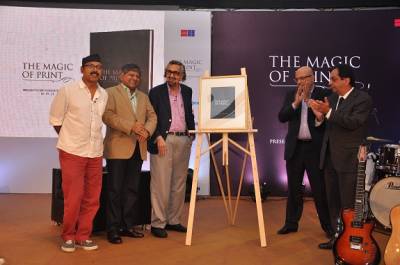
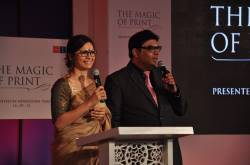

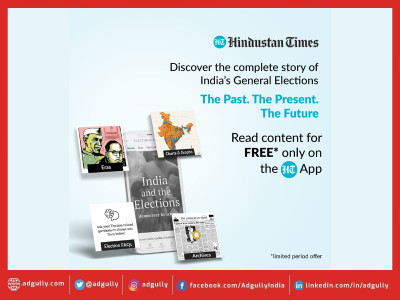
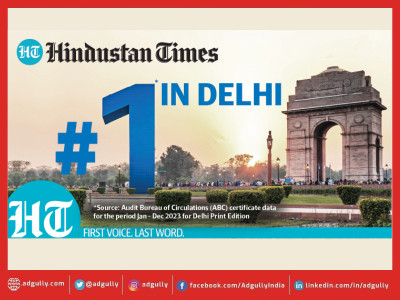
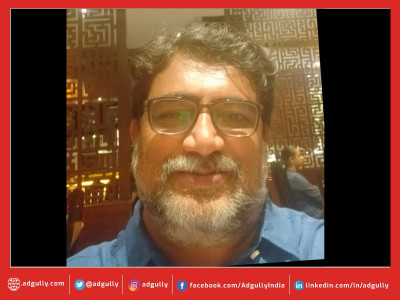
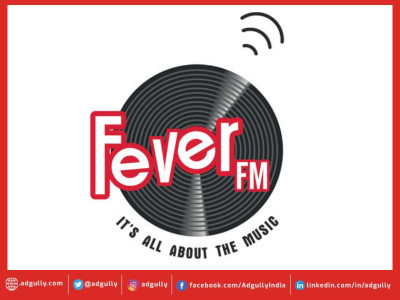
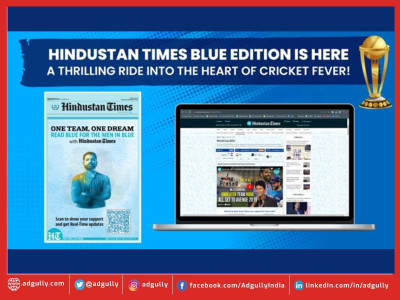
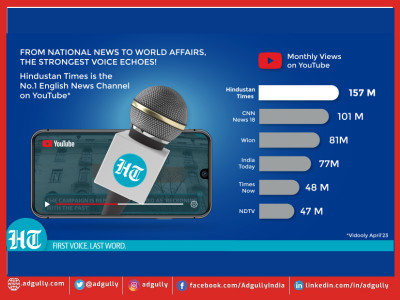
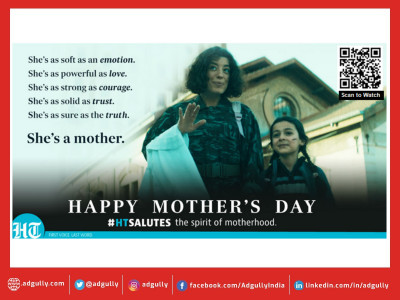


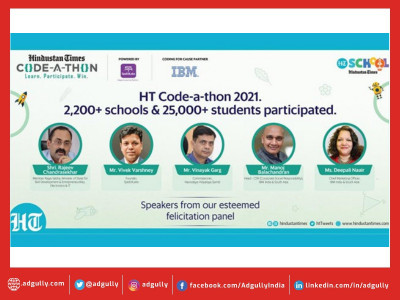
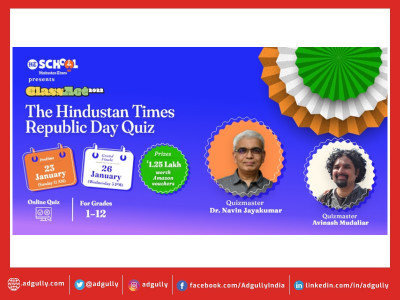


Share
Facebook
YouTube
Tweet
Twitter
LinkedIn